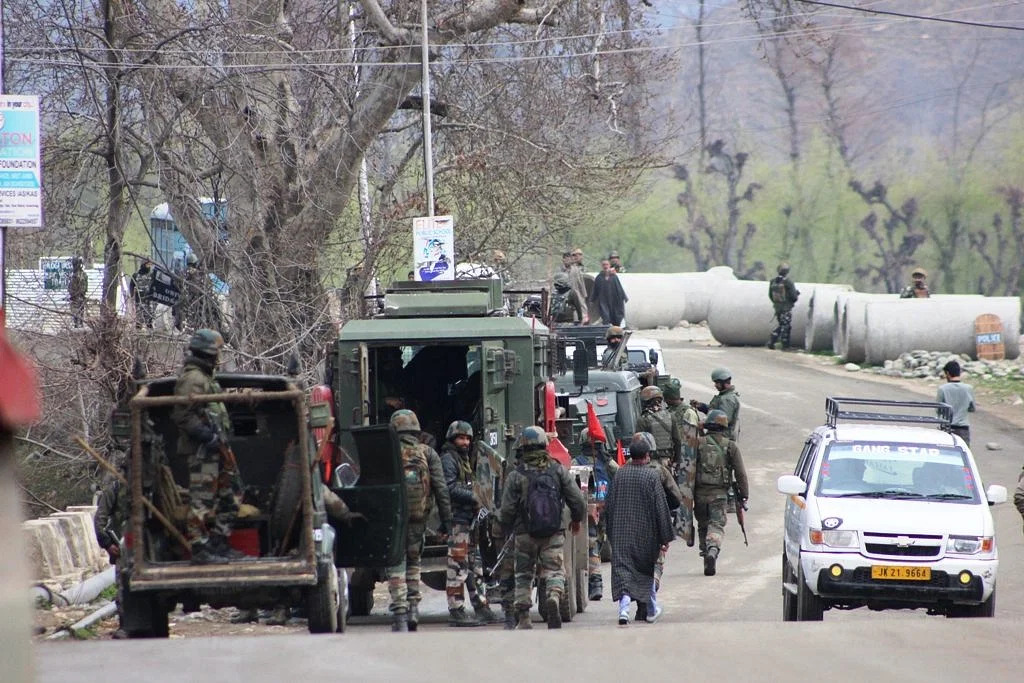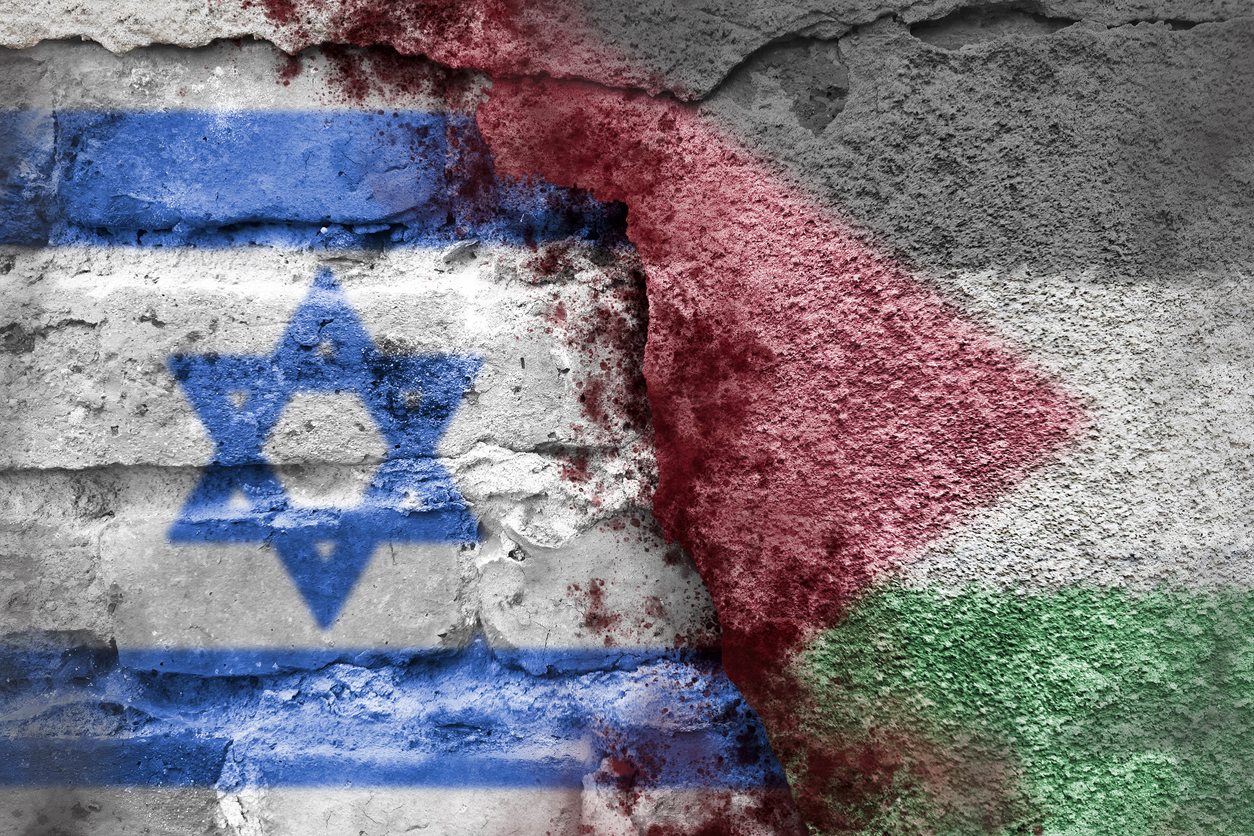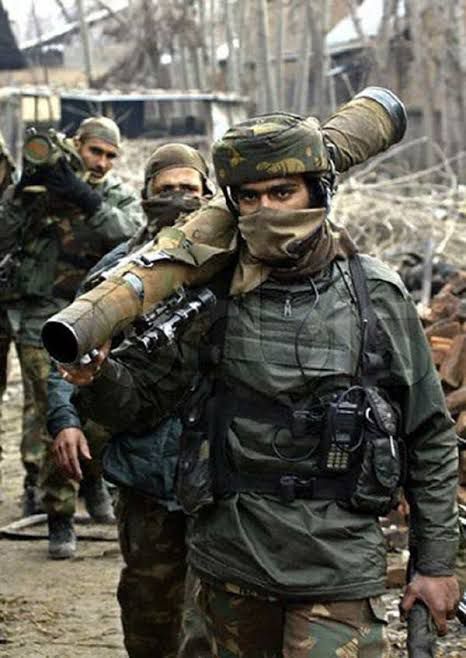
J&K’S TACTICAL BATTLES: MISNOMERS AND NUANCES IN THE CURRENT TIMES PART 2 CAN THE HAMAS MODEL BE REPLICATED FOR CONFLICT RENEWAL
 Sat, 11 Nov 2023
| Reading Time: 5 minutes
Sat, 11 Nov 2023
| Reading Time: 5 minutes

This is an article in continuation of the author’s Part 1 published in Chanakya Forum on 22 Sep 2023
A bold decision on 5th August 2019 removed J&K from the ambit of Article 370 and created a new governance model for the erstwhile state of J&K. Jammu and Kashmir regions remained together as a Union Territory (UT) while Ladakh was designated as a separate UT. In J&K all parameters of terrorism have since then diluted, although no one can yet claim that the problem is well behind us; in intensity it is. Kashmiri resentment is still at the edge and reality checks show that while good governance and an effective security mechanism are moving in consonance, we still cannot ignore the sentiments of sub nationalism. Left to itself, without external sponsorship and instigation of separatists, over ground workers (OGWs) and terrorists, Kashmir would have been at the receiving end of a benign Indian approach which would help integrate its people with the rest of India. It’s Pakistan’s sponsorship and interference which continues to contest the integrative process through sentiment and ideological affinity. That aspect is not entirely under our control because hundred percent deterrence of hybrid and irregular warfare is difficult to achieve. Historically, we have had instances where conflict revival has been executed very innovatively by Pakistan and its proxies whenever the proxy war has flagged. Can the current example of Hamas’ revival of high-end conflict with Israel for its perceived strategic gains, become a model for Pakistan to visit the possibility of replicating the same in Kashmir?
While Pakistan knows that its efforts will not bear the desired result of secession of J&K in its favour, the sentiment of Azadi or secession can always be kept alive with strong narratives and even stronger communication tools. Every now and then a focused motivation in the form of an event or a series of events, can revive sentiments of separatism. This is the infamous strategy of keeping the slow fires burning until an opportune moment arrives. Zia ul Haq’s legacy strategy was based upon this.
While the Kashmir and Palestine issues are as different as chalk and cheese, we cannot discount the possibility of spin off lessons innovatively packaged into a conflict revival strategy. After all, Hamas also prepared for the contingency it created, under wraps, despite a full Israeli surveillance, a smart fence and wall, and a legacy of constant Arab defeats to the point of hubris being created in the Israeli Defence Forces (IDF) and the Israeli nation. In the Indo-Pak scenario even the asymmetry is much lesser than the Israel-Hamas equation.
We have had examples in the past where a strategy was replicated in J&K after an interval of it having occurred elsewhere; to revive, give impetus, motivate or simply communicate separatist narratives internationally. The message being that the separatist movement was not dead and buried. In 1991, as the local terrorist cadres started to dwindle under the onslaught of the Indian Army’s induction of additional troops into the Valley and elsewhere, Pakistan commenced the infiltration of foreign terrorists recruited from the US-Pak campaign in Afghanistan in the period 1980-89. This gave fillip to militancy and eventually to terrorism. The rapid induction of the initial Rashtriya Rifles units into Kashmir was executed to control the escalation of violence. Nothing much could be done against infiltration which continued unabated and helped fuel the proxy war.
Another example of fillip to a flagging situation came in 1999. As the Kargil crisis reached its peak Pakistan shifted gears to focus on the secondary objective; away from the Kargil LoC, in Kashmir. Squads of suicide attackers (quite separate from suicide bombers) were infiltrated to target various identified headquarters, units and sub units. It forced a disproportionate but defensive response by all civil and military establishments through enhancing the static security and creating fortresses to prevent sneak entry. Pakistan called them ‘fedayeen’ fighters, inspired by the likes of various international mujahideen. These were all Pakistani, recruited and motivated by the ISI. Exploiting the redeployment of Indian troops to Kargil and the resultant voids in Kashmir, Pakistan infiltrated an SSG element to give leadership to the Pakistani terrorists in the very area which had been denuded off 8 Mountain Division, the formation which rapidly redeployed to Kargil. It took some time for us to regain our balance. I was then the Colonel General Staff of the relatively new headquarters, (HQ Victor Force) of the RR, responsible for operations in South and portions of Central Kashmir. HQ Victor Force assumed charge of North Kashmir too and our troops had running battles with the SSG led terrorist groups in such infamous locations such as Meganwar Ridge, Lolab Valley and the Rajwar Forest. Fuelled by this and the series of fedayeen strikes it seemed that the militancy (read terror) had considerably revived. It forced us into measures such as conduct of division size search and destroy operations. From 1999 to the end of 2001 terrorism peaked in the whole of J&K. 2001 was the year in which 2100 terrorists were eliminated, the yearly highest in the entire period till 2003. It was the initiative of constructing the LoC fencing (750 km) and converting it to a system of sensors and shooters that led to the reversal of the trend of ratios; it was termed the Anti-Infiltration Obstacle System (AIOS). Earlier we averaged less terrorists killed every year than the number which could infiltrate. From 2004 we reversed that trend leading to dwindling terrorist strength and set course to achieving General Nirmal Vij’s target of sub-1000 terrorists. Terrorism and separatism were taking a beating.
Another revival of sorts occurred in 2008 with Pakistan and the separatists deciding to use the Sri Amarnath Ji Yatra (SANJY) as the bone of contention. An innocuous action by the Governor of temporarily handing over some Forest Department land for facilities of the SANJY was used as a trigger to commence an agitation phase very akin to the Intifada 1 and Intifada 2 which the Palestinians launched in 1987-93 and 2000-05 respectively. These involved stone throwing, mass agitation approach and civil non-cooperation. Through 2008 to 2010 the agitation approach was effectively employed to create greater antipathy against the nation, its Army and Administration.
A lean period 2011 to 2014 was followed by the exploitation of, first the live Burhan Wani syndrome and then the ‘martyred’ Burhan Wani cause which helped sustain momentum until 05 Aug 2023. Since then, the trend was only southwards as far as intensity was concerned, amounting to the lowest parameters except for momentary spikes to seek relevance. These spikes have occurred due to small scale operations and have acquired a larger than life image due to high casualties suffered by the security forces, a syndrome known to occur with the dying embers of a terrorist movement.
Which aspect of the Hamas strategy would be appealing and what innovation could be expected towards adoption of innovative practices for conflict revival of high intensity, is the moot point. Hamas chose the factors of surprise, intensity, localized operations, brutality, hostage taking, unconventional practices for infiltration, readiness to absorb inevitable Israeli retribution, acceptance of heavy civilian casualties and perhaps even a broad understanding of being alone in the entire strategy with no support. All this dovetailed into a suicidal mission to set not just Gaza afire but virtually raise the potential of an enlarged war in West Asia. This formed the concept of operations, something that a lot of irregular organizations with sponsorship and backing will be studying intently. Hamas has become a household name for the wrong reasons but that is what terrorist organizations seek. Can this be adapted by Pakistani terrorist organizations under sponsorship? The answer is absolutely yes. Seeking relevance, a conglomeration of Pakistani and other known unnamed extremist organizations could combine to conduct an operation anywhere close to the international border where populations exist within 3-5 km. Localized and intense, such operations are difficult to respond to, just as the IDF found the same. Add many layers of innovation to this and we could have a black swan event on our hands. Not even an iota of detail has been included here; only the concept. We can be assured that if it has to be conducted it will go through a process of thorough planning with outcomes reasonably determined. We need not be lulled by the Pakistani propensity of not thinking through such events and keeping vague end objectives.
Such an event would have to be accompanied by a huge dose of social and other media activity to kindle the fires that will be sought in J&K and elsewhere. At various levels the effects and counter measures need to be discussed through the mode of military war gaming. Being warned and ready is half the battle.
Disclaimer
The opinions expressed in this article are the author’s own and do not reflect the views of Chanakya Forum. All information provided in this article including timeliness, completeness, accuracy, suitability or validity of information referenced therein, is the sole responsibility of the author. www.chanakyaforum.com does not assume any responsibility for the same.
Chanakya Forum is now on . Click here to join our channel (@ChanakyaForum) and stay updated with the latest headlines and articles.
Important
We work round the clock to bring you the finest articles and updates from around the world. There is a team that works tirelessly to ensure that you have a seamless reading experience. But all this costs money. Please support us so that we keep doing what we do best. Happy Reading
Support Us





















POST COMMENTS (0)